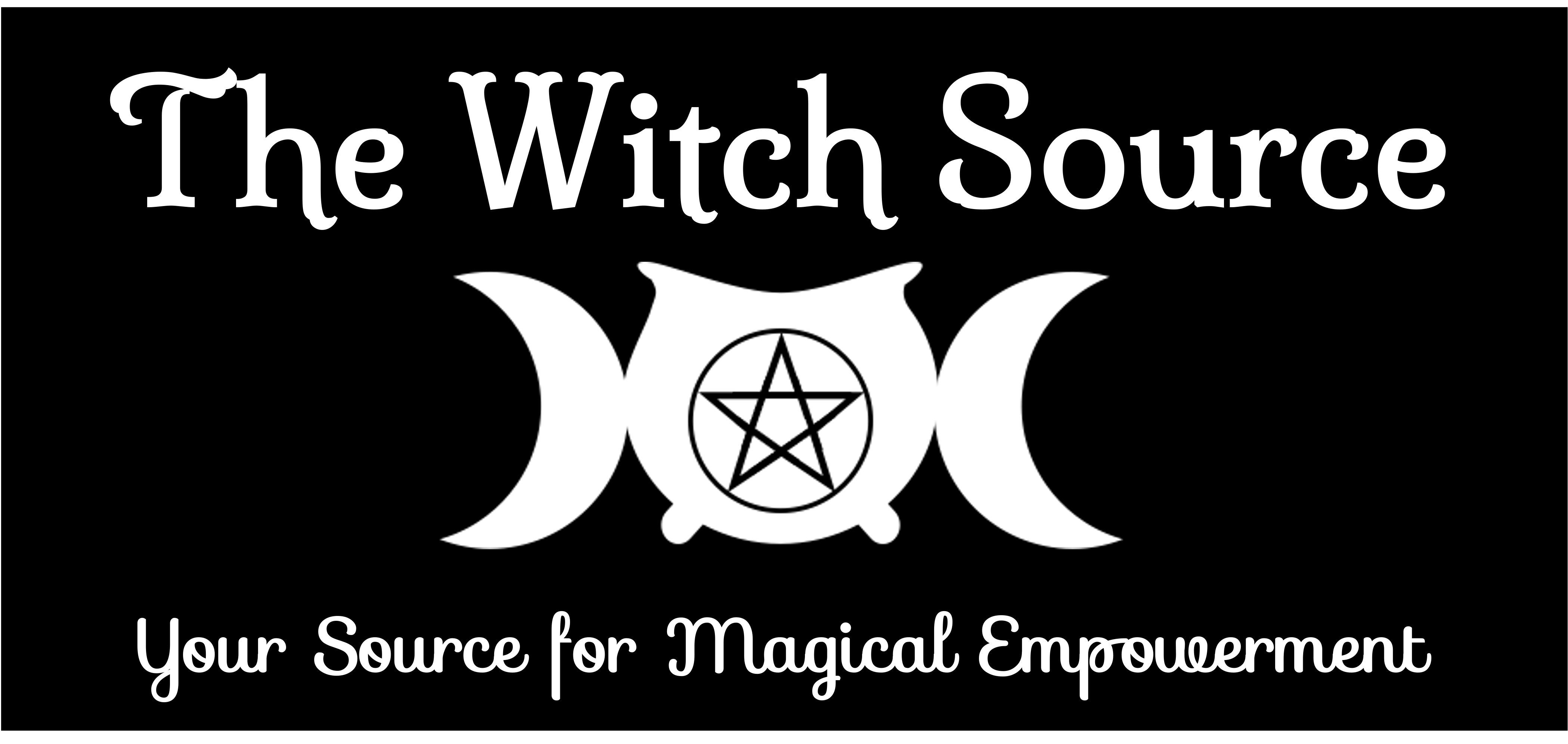The Wheel of the Year
The Wheel of the Year is used to mark the solar and energy shifts of the year. Historically, time was seen as cyclical, always changing and then returning. Pagans, Witches, Wiccans, and others, celebrate the seasons of the Wheel of the Year, however the idea was first introduced by Jacob Grimm (1785-1863 CE) in Teutonic Mythology circa 1835. The concept was then adopted by the religion of Wicca around the 1950’s – 1960’s. Though there is no proof that the Wheel of the Year, as we know it, was in existence before 1835, we do know from ancient landmarks and megalithic monuments, the same times were celebrated.
Ancient peoples celebrated the turning of the wheel based on a solar calendar. The Wheel of the Year marks the Sabbats, religious holidays, the same ancient celebrations observing the equinoxes and solstices, as the Celts, Egyptians, and many other ancient peoples. These ancient civilizations believed these were the times to celebrate, honor and give gratitude to the many Gods and Goddesses that kept the seasons moving and life continuing. Remember, the ancestors of our past believed rituals were vital to keep the Wheel turning.
The Sabbats were annual feasts and gatherings marking the passage of time and revolved around agricultural and/or astronomical movement. They were times for planting, harvesting, hunting, marriages, business dealings, fertility, births, and rituals. Celebrations were held during the day and magic was performed at night, which is how I recommend you approach the Sabbats today. The mysteries of magic are found by observing nature as the Wheel of the Year turns, and learning how to align with the seasons pass.
Magical cultures also knew these were some of the best moments to petition the Heavens, Gods and Goddess for their assistance and to draw upon the power available to work spells. As a witch, notice the Sabbats fall at exact moments when the earth offers up certain energies, as well as the celestial bodies, elements, ancestors, spirits, the Divine, and nature; align with the energies, learn from them, understand their patterns, and use them to work your magic. Also remember that you are raising energy with many other witches as they collectively honor the Sabbats . As Above, So Below, it’s up to You to make it so, to see that in Nature there is the presence of the Divine.
The Wheel of the Year spends half its time in light and half its time in the dark. Remember, this is not “good versus evil”, it is two sides of the same coin, working in tandem to create alignment, nature cannot turn on itself, it only cycles and changes form. This is also the path to enlightenment, as the light is the conscious and the dark the subconscious. This also happens daily with the setting and rising of the sun, in his steady movement, and of the moon, in her many phases. I encourage you to dig into the myths and legends of the Sabbats to unearth for yourself the messages, meanings, and wisdom found within the tales that weave their wave through the Wheel of the Year.
Now onto the Wheel of the Year, where you can connect with nature, yourself, and divinity. The Wheel consists of 8 Sabbats; the four Greater Sabbats, the fire festivals, are Imbolc, Beltane, Lammas/Lunasa/Lugnasadh, and Samhain. The four Lesser Sabbats are equinoxes and solstices: Ostara/Spring Equinox, Litha/Summer Solstice, Mabon/Autumn Equinox, and Yule/Winter Solstice. Ancient pagans counted nights instead of days, their days starting at sun down, so the celebrations were held the eve before the actual event.
The Greater Sabbats are cross-quarter days, falling at the midpoints between the equinoxes and solstices. There are two ways to view the Greater Sabbats; one option is to go with a specific day of the year, examples being February 1st for Imbolc, May 1st for Beltane, August 1st for Lammas, and November 1st/October 31 for Samhain. The other option is to use the astrological timing for these Sabbats. Use the energy of these Greater Sabbats, which are the peaks of the seasons, when their influence is at its height, to celebrate, perform spells, and do magical and spiritual rituals, incorporating the energies of the zodiacs as well. Determine which way works best for you if you are not bound to a certain tradition.
The Lesser Sabbats, again the equinoxes and solstices, mark the beginning of the seasons. These occur as the sun moves into a cardinal zodiac sign at the start of each season, so the energy available for use is forward moving and growing in a new direction. Think about how you can transition throughout the year with these holidays as they introduce a new season, also incorporating the zodiac energies available. Unlike today’s calendars which note the start of a season at a solstice or equinox, the Celts saw these as occurring midseason, with the cross-quarters actually beginning and ending the seasons; this falls more inline with the weather of the seasons. Below is an astrological chart of the Sabbats.
Ostara (Vernal Equinox) – Sun at 0° Aries
Beltane – Sun at 15° Taurus
Litha (Summer Solstice) – Sun at 0° Cancer
Lammas – Sun at 15° Leo
Mabon (Autumn Equinox) – Sun at 0° Libra
Samhain – Sun at 15° Scorpio
Yule (Winter Solstice) – Sun at 0° Capricorn
Imbolc – Sun at 15° Aquarius
Solar God of the Wheel of the Year
In the Solar view of the Wheel of the Year, the Sun God is born on the Winter Solstice, Yule, marking the beginning of the Wheel. As the shortest day of the year, God is weakened, in his infancy. He is the Child of Promise, who promises to bring back the light, and therefore, is the gift of hope from the Divine. He then grows in strength, as does the sun with the days becoming longer, and goes through His rite of passage at Imbolc or Candlemas, which is the midpoint between the Winter Solstice and the Spring Equinox.
He then moves into His fertile time of adolescence, as marked by the Spring Equinox, Ostara, where He carries the seed of light which ensures His rebirth after death to come. He seeks out His Goddess, whom He finds at Beltane. The Sun God then woos the Goddess, She is the renewal of life, and Their courtship begins. Their marriage is marked by the Summer Solstice, Litha/MidSummer, the longest day of the year. Here the Sun God is at His peak of strength and He unites His life with the life of the Goddess, sharing Their marriage bed. From here the days become shorter as His nights are filled with Her.
At Lammas, or Lugnasadh, the Sun God becomes the Father of Abundance as the Goddess gives birth to the fruits of the earth. They celebrate, the earth and its inhabitants are fed and nourished. At the Autumn Equinox, Mabon, the Sun God sacrifices His life as the Harvest Lord, through providing life by means of the harvest. He travels to the Underworld and the Goddess follows in search of Her lost lover. At Samhain, the veil between the Underworld and the Otherworld is thin and They are reunited, She is impregnated again. In the darkness, the Goddess gives birth and the Sun God is born again at Yule and the Wheel turns again.
Lunar Goddess of the Wheel of the Year
We begin again in the Underworld, the place of darkness, at Samhain, which also sometimes marks the beginning. Compared to the cauldron and the dark moon, this is the place of creation/procreation. This is where the Goddess carries within Her new life. The Goddess of the Moon then gives birth to the Sun God at Yule, Winter Solstice, gifting the world with hope and the Child of Promise. The world celebrates with gift giving and lighting of candles and hearth fires.
The Goddess then makes Her way from the Underworld to the Otherworld, first moving through Her rite of passage at Imbolc. She is the Divine Light, wearing a crown of candles or the crescent moon, even in darkness. At the Spring Equinox, She rises from the Underworld into the Otherworld, as a Maiden, and brings with Her vitality, life, and renewal. She then becomes the Queen of May at Beltane, where the Sun God courts Her; They wed at the Summer Solstice. At Lammas, the Moon Goddess is pregnant and She gives birth; She is the Mother who gives life to all things.
At the Autumn Equinox the Goddess begins Her descent, following Her Sun God after His sacrificial death, into the Underworld. She seeks Her desire, the other light, Her other half, and at Samhain She finds Him, and takes into Herself again His seed of light. She becomes pregnant again and stays in the darkness until She gives birth to the Sun God at the Winter Solstice. This time giving birth to the spiritual, as She gave birth to the material at Lammas.
What We Can Learn from the Wheel of the Year
There is no myth within the Mystery Traditions in which the Goddess ever dies or perishes. She changes shape and transforms from one aspect to the next. The God who is born of the Goddess, then becomes Her husband and Lover, until His death, when He returns to Her, His life force being absorbed by Her before being born again, renewed. She is the ever changing constant force within the Divine, meeting with Him for creation and recycling.
Consider the Divine God as a pumpkin, which is born on the vine out of a seed, who can provide life and nourishment, but whose seed is returned to the earth to be reborn into a new vine. When we look at this cycle it is easy to understand the concept and belief in reincarnation; nothing can be destroyed, it can only change forms. This also is why we see the Goddess as Mother Earth but also the White Moon Goddess, She gives birth but also changes phases based on the ever constant Sun. There are many other myths regarding the Wheel of the Year depending on your path; explore these as well. What else can you learn and discover from the Wheel? What enlightenments have you had?
The Year Continues
Also a part of the calendar are the 13 Full Moons of the year, also called Esbats. Read more about them here. You can also read more about each of the Sabbats below (these are a work in progress):
Samhain – Yule – Imbolc – Ostara – Beltane – Litha – Lughnasadh – Mabon

 Previous Post
Previous Post Next Post
Next Post








